“They were buried in body bags by random people.” Izium residents take DNA tests to identify victims
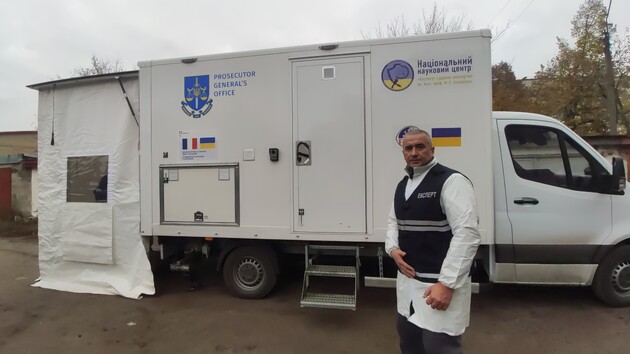
A mobile DNA laboratory has started working in the city of Izium, the Kharkiv region, to help identify all the unidentified bodies disinterred in the area. Dozens of people are on the waiting list, hoping to establish the whereabouts of their relatives and give them a proper burial. The following is their story.
The text has been prepared by the Memorial Remembrance Platform, telling the stories of the Ukrainian military and civilians killed by Russia, specially for … To report data on Ukraine’s losses, fill out the forms for deceased servicemen and civilian victims.
After the liberation of Izium, 451 bodies were recovered from graves in the forest alone. The sole document giving at least some data about the buried was a hand-written record of the local funeral service; the information specified there is, however, unofficial and incomplete. Bodies discovered in many graves were unnamed; only numbers on the cemetery cross were available. In some burial pits, law enforcement officers found several bodies at once.
The DNA laboratory is working precisely to bury each victim decently and under their names. Now on its second trip to the de-occupied city, it has dozens of people on its waiting list. Some of them know the number of the grave where their relatives were to be buried, while others are looking for their kin who haven’t been heard from in months. According to the law enforcement agencies, a little under 1,000 people have gone missing in the Kharkiv region since February 24 and are being searched for.
“Are you looking for someone?”
”Not anymore.”
Such dialogues are frequently heard in queues to the DNA laboratory in Izium, meaning that a person knows for sure whether or not their relative(s) were killed. Yevhen knows that too. He has come to get a chance to rebury his mother.
The man has to give a sample of his DNA for experts to confirm her identity among the bodies exhumed and grant permission for burial. His mother’s name was Liubov; she turned 73 in April. On June 13, the woman died of a shrapnel wound. She was buried in a grave field in Izium. The number on her cemetery cross was 380.
“A cluster bomb landed a meter away from her, injuring the back of her head with shrapnel. They say, she died immediately. Quickly…” Yevhen recalls. “The funeral parlor was already working. She was taken from her house to the mortuary, a death record was made. The body was given a number and taken away because everyone was buried with a number, even though her name was known. She had no more than 100 hryvnias [$2,5] at home. To bury the body, as we say, humanely, you need to buy a coffin and a proper cross, which cost at least 5–6,000 hryvnias [$125–150]. This is the price of the coffin, digging the pit, putting the cross, a grave plate and wreaths.”
The burial site in Izium, albeit empty, still incites fear. Hundreds of empty, open graves lie on the side of a forest road, crosses in or beside them, some with empty coffins. All the bodies have been retrieved to find out their names. One of the last ones to be exhumed by the police was a grave with three last names on it – Vasyl and Vadym Pavlenko and Ihor Melnykov – and one coffin for the three victims.

These people were killed on March 7, when Russians were just entering the city. The victims’ car was running towards them, and they shot on it point-blank. Perforated by bullets, the vehicle remained there for several days, only to be pushed off the bridge by tanks to unblock traffic. Passers-by buried what little was left of the bodies. The godfather of Vadym Pavlenko, who lost his life in the tragedy together with his father, recalls learning about their murder a week later. He looked for the grave, came to the site of the tragedy to bid farewell but found only their bones:
“They were buried in body bags by random people. We knew the place. But at the spot where their van was burnt my wife and I were able to collect the remaining bones. We buried whatever we found in our son’s yard. Due to shelling, those people managed to collect only skulls and ribs…”

It was not until August that Serhii reburied his relatives. Unable to separate the remnants of the men from one another, he buried all that had been gathered in one pit and one grave. The retrieved bodies are currently being examined by forensic scientists. The relatives of the deceased have to provide their DNA samples so that each of the three victims finds their final resting place, not a nameless grave with a number.
The grave No. 188 with a cross may be where Anna’s elder brother is buried. He passed away in April. The woman was never able to come to her brother’s first grave. The undertakers, who took the body away, told her the number. Anna chided herself for six months for not bidding him farewell decently:
“I wanted to put a crucifix around his neck but couldn’t do it… The thread would constantly tear, so he was taken away without the crucifix. I will bury him properly when I find him. With last rites and the crucifix. I hope he will forgive me. I didn’t want it to happen that way. I had to call a 'Cargo 200' vehicle [the military code for soldiers killed in action]. There was shooting everywhere, I couldn’t accompany him to the cemetery. Transporting him as a military fatality was the only option.“
On November 4, Anna became the third to give her DNA sample to the laboratory.
Anna’s brother did not die of a missile or a bullet; Russians killed him with the absence of pharmacies, drugs, phone connection and a swift and proper medical treatment. After air attacks, Izium residents were finished off with isolation. Many died due to lack of medical aid. Olena Volova stands in the queue to the laboratory to support her husband, who is going to give his DNA sample to find his mother. The latter died on their arms, she recalls:
“She was 68 and felt ill. We gave her whatever pills there were at home – for heart, for blood pressure; we tried to save her as hard as we could. But… she passed away on May 27, and the next day they took her away in a body bag. The only thing they told us was the number: “362.” We don’t know where she is buried. They just arrived, took the body and buried it. So now we have to give the DNA sample to find her and bury her decently.”
Maksym Kuzin, 38, suffered from diabetes. The occupiers did not bring any insulin to the city and did not let Ukrainian humanitarian cargoes to enter. The late’s aunts now want to rebury him. For want of other blood relations, they are going to provide their DNA samples. Maksym’s father died a month after his son’s death.
“We learned that the nephew died only a couple of months ago,” Raisa and Liubov say in turns. “He was buried somewhere in the yard and then in the Izium forest. The city was closed, we couldn’t drive anywhere. Now we want to rebury him.”
The women know that Maksym died on March 24 and was buried by his neighbors. They lived in the basement and buried other locals too.
“People died in our neighborhood as well. We buried them in the garden or near garages. We are not the only ones who did it. It must have been commonplace everywhere…”
Also waiting in the queue are elderly people who outlived their children and children seeking to find their parents and their final resting place. Some know the number of the grave; others hope that neither the number nor the grave exists at all. Mykhailo is looking for his son. He speaks in short sentences as tears threaten to break at any moment. The picture of his 25-year-old son, Kostiantyn, is barely visible on the battered phone screen that the man holds in his trembling hands.
“He served in the army. Went missing. Served in the local territorial defense. Last time we spoke was on March 9. I don’t know what happened then. Perhaps, he is still alive…”
During the first two trips of the mobile laboratory to Izium, 32 people gave their DNA samples. The experts also worked during exhumations near the burial site itself, where people were coming to the graves. The sample collection is simple.

Document recovery often takes much longer. Many people looking for or seeking to identify their kin lost their papers in fires or under the rubble of destroyed houses. For that reason, laboratory and paper procedures are launched concurrently.
The search for relatives is not limited to Izium. Ukraine is now in the process of establishing a unified DNA database with information about all the discovered bodies. Collecting and sending DNA samples is possible everywhere across Ukraine and beyond. Relevant instructions are available on the website of the Kharkiv Regional Prosecutor’s Office.
Read this article by Anna Chernenko in russian and Ukrainian.
Please select it with the mouse and press Ctrl+Enter or Submit a bug











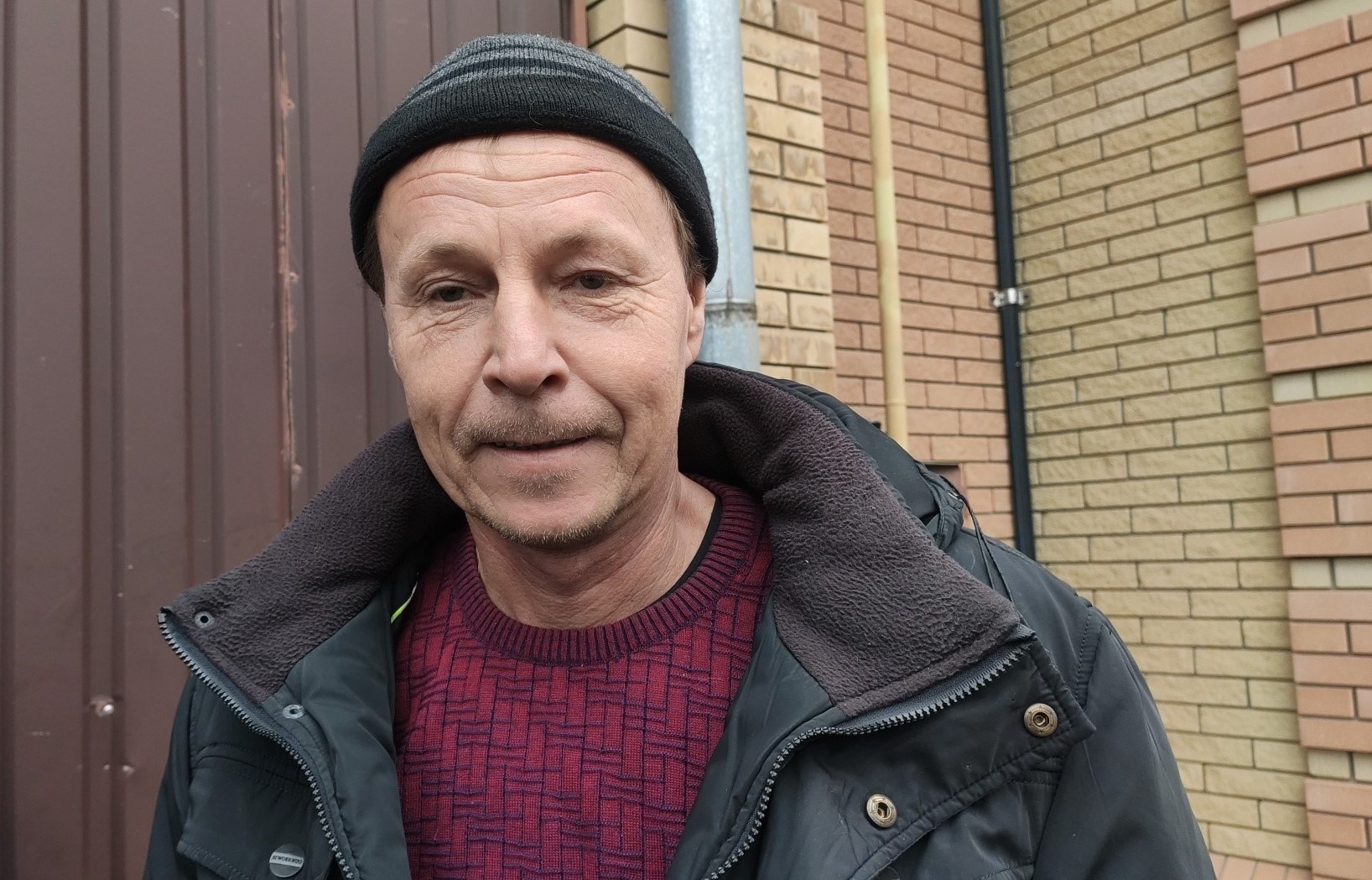
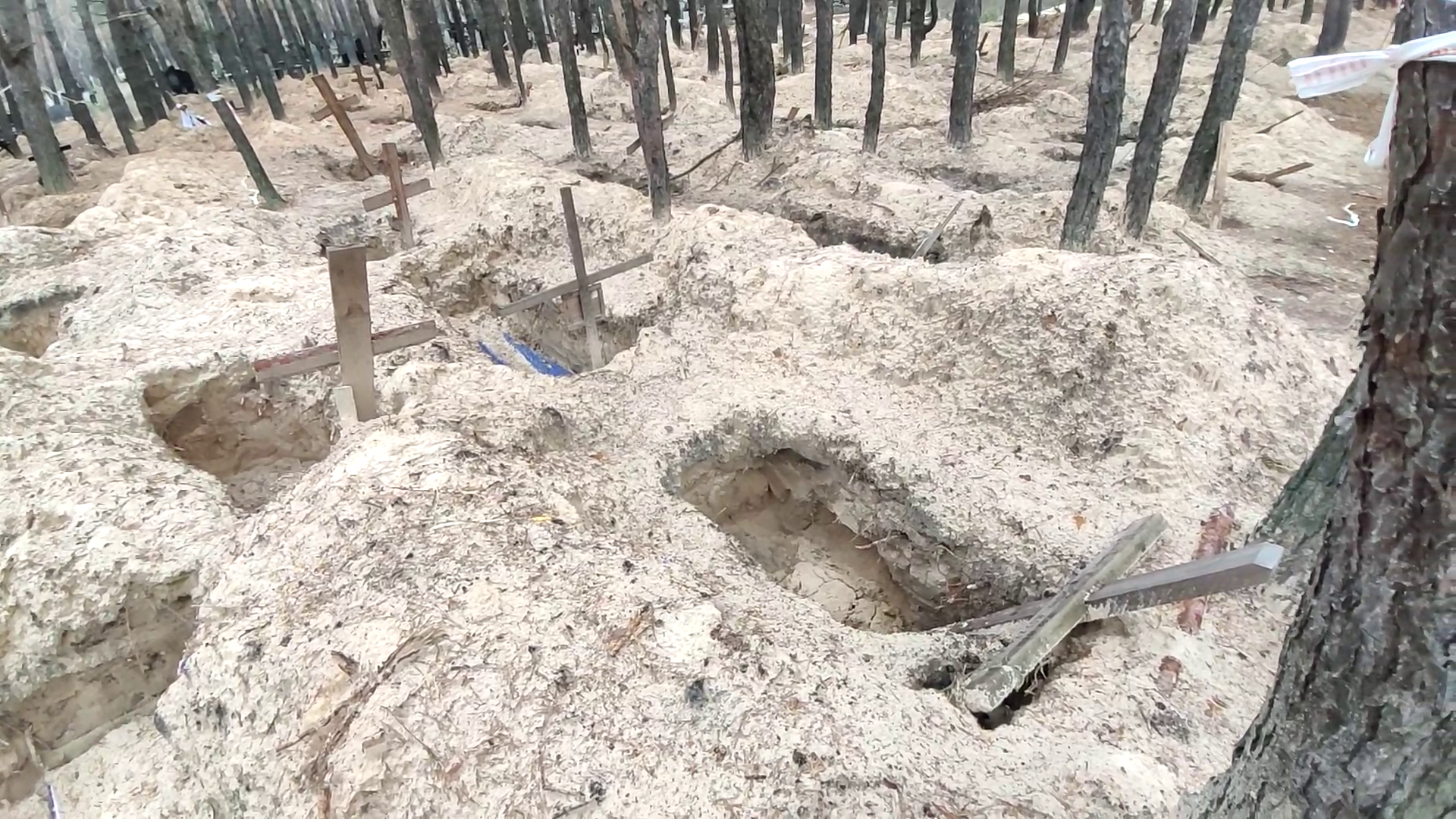
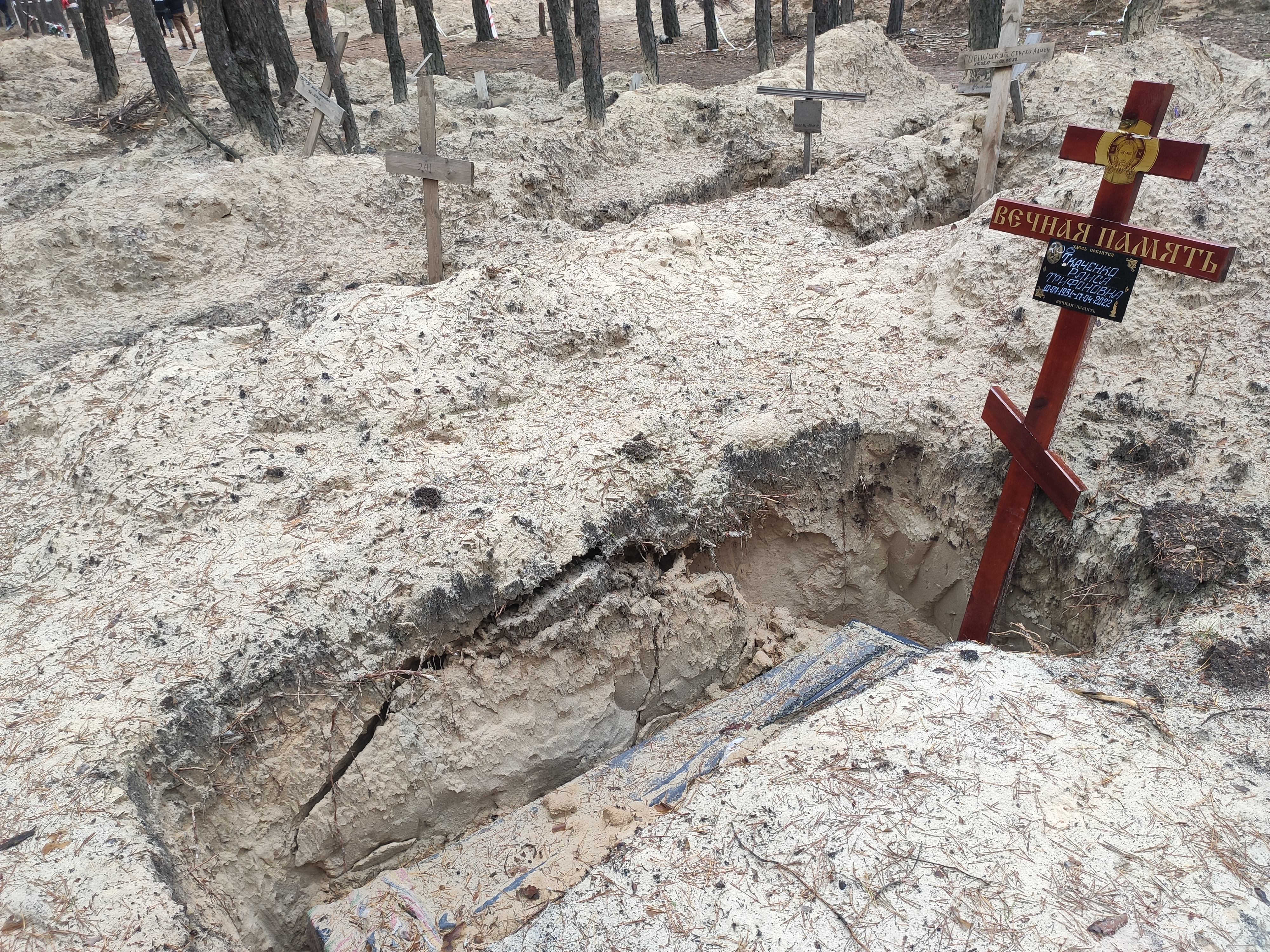
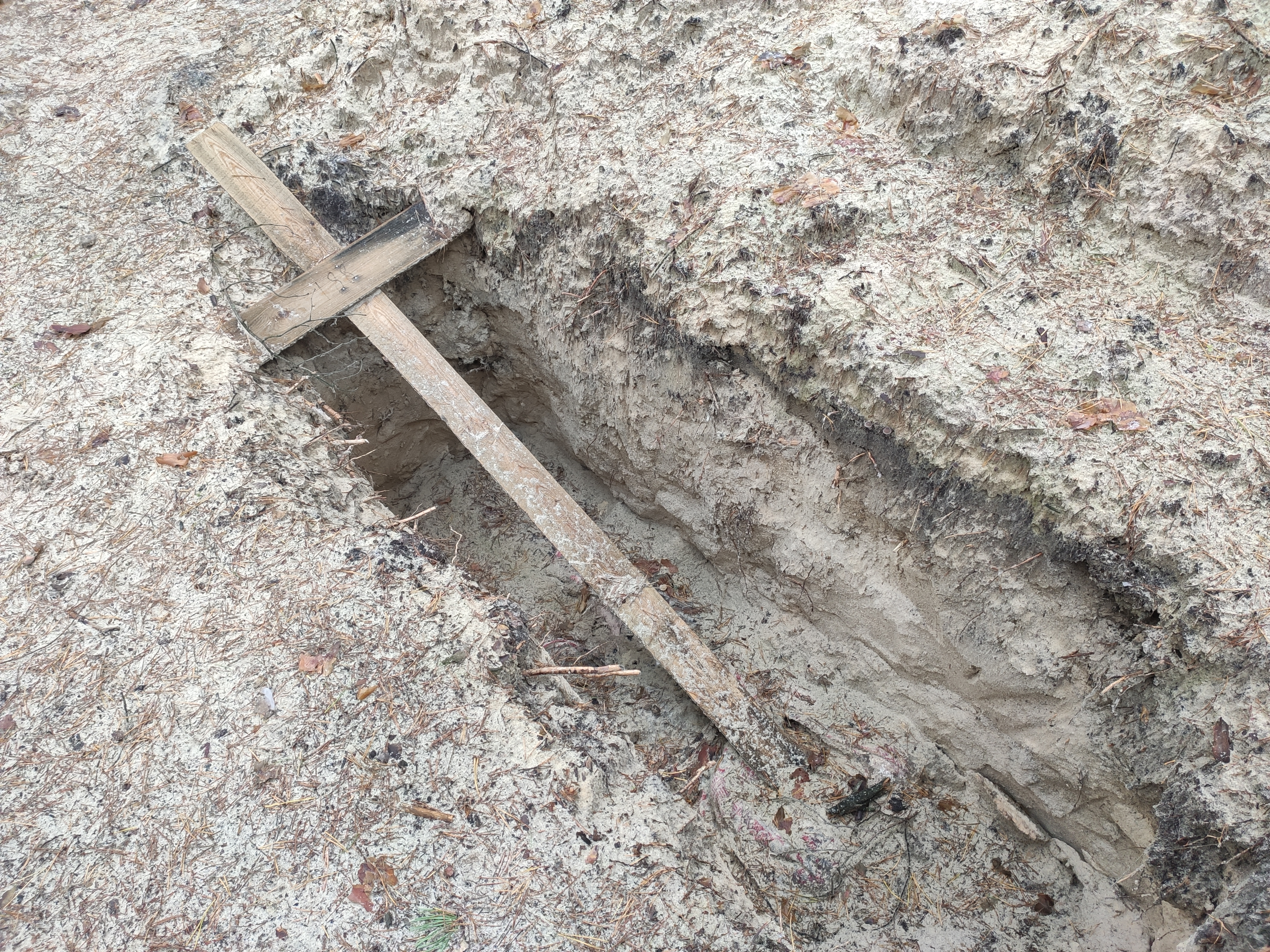
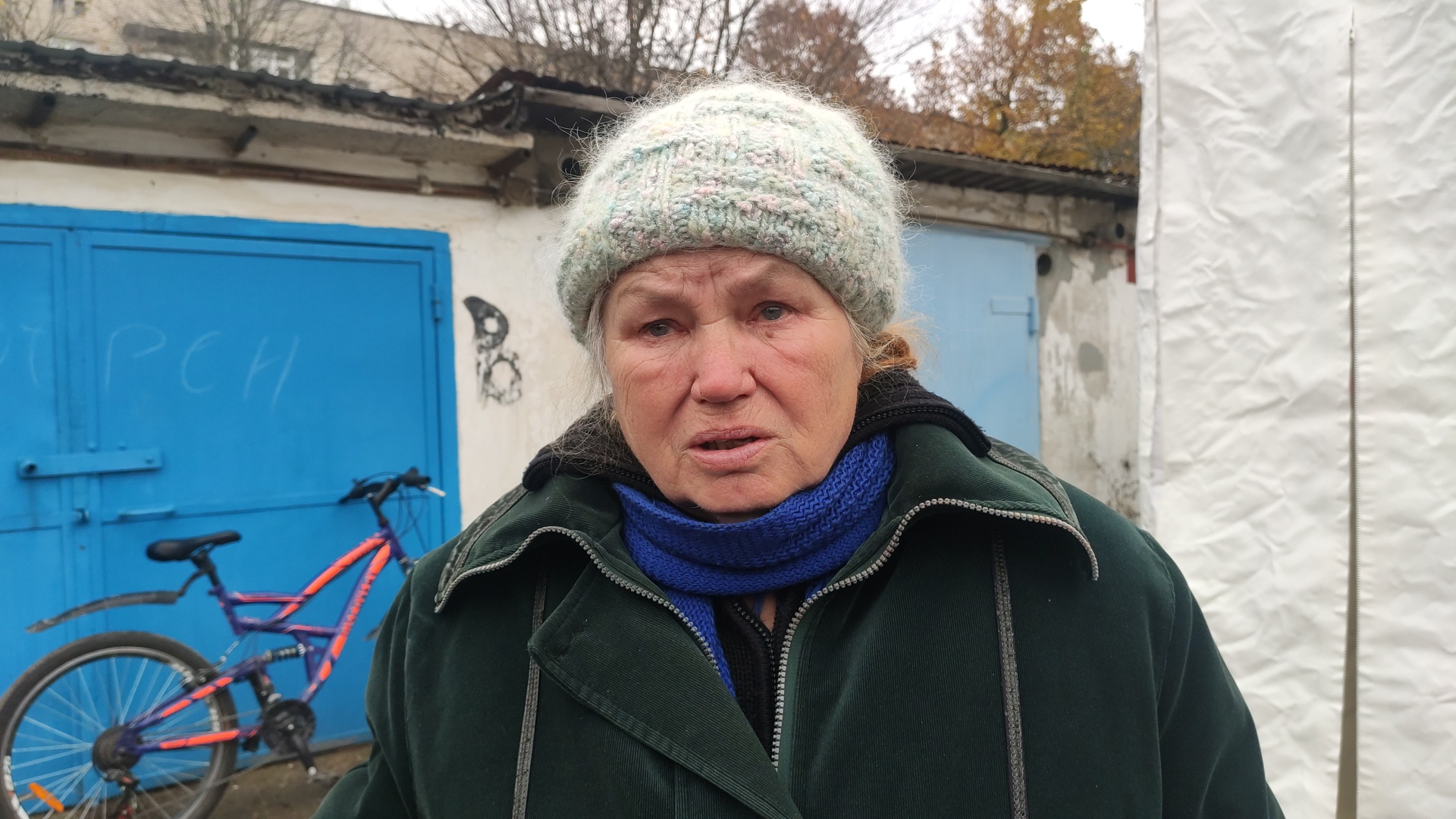
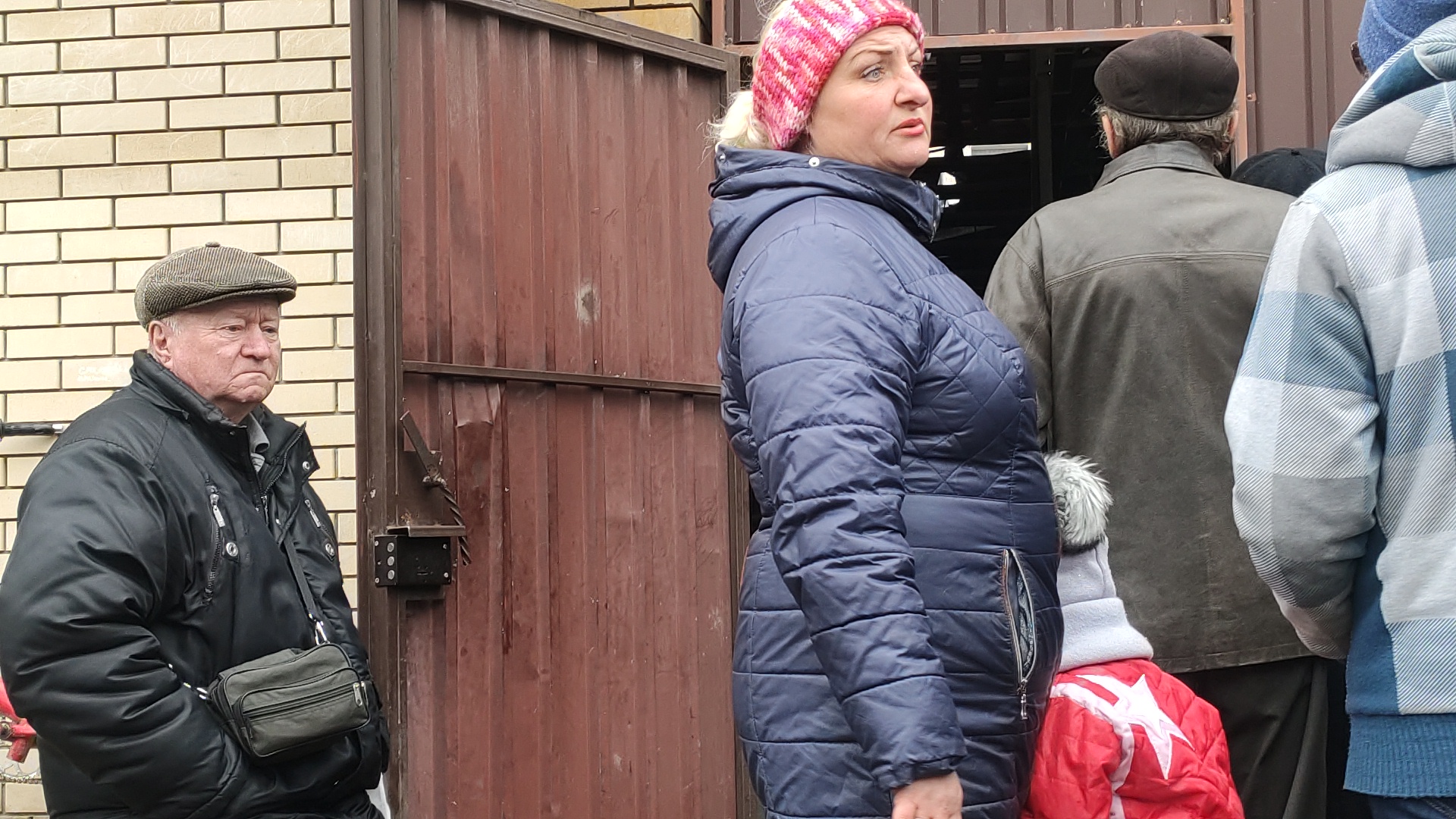
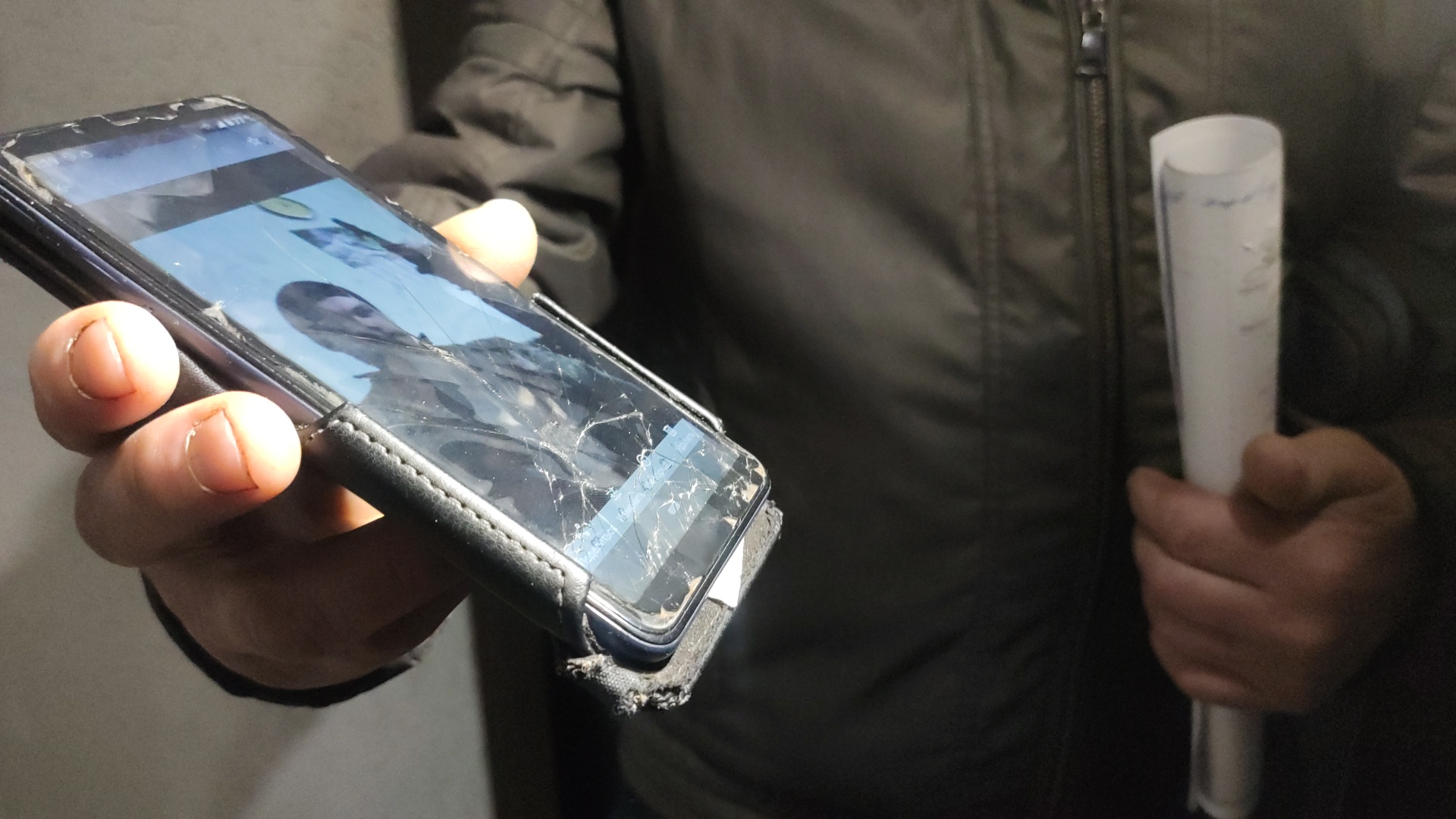
 Login with Google
Login with Google